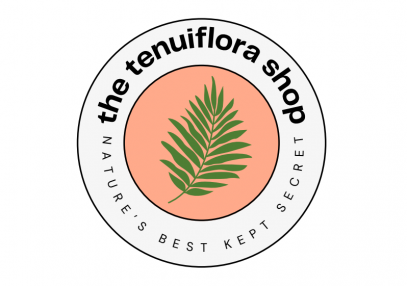

Image Source: Wikimedia Commons
In the world of natural dyeing, few botanicals have stood the test of time like madder root. Used for centuries across civilizations, madder is known for producing a breathtaking range of reds—from soft pinks to deep crimson. Artisans around the world continue to turn to madder as a reliable and vibrant plant-based dye.
But what many don’t realize is that madder’s beauty can be further enhanced when paired with Mimosa Tenuiflora dye. Combining these two plant-based dyes can unlock a spectrum of earthy, layered tones perfect for sophisticated textile creations.
Why Madder Root Dye is a Must-Have for Natural Dyers
Madder (Rubia tinctorum) has been cultivated for over 5,000 years. Its roots contain alizarin, the chemical responsible for its red hues. Madder is beloved because:
- It produces a variety of shades, from blush pinks to wine reds.
- It works beautifully on protein fibers like wool and silk.
- It is highly colorfast when properly mordanted.
- It’s eco-friendly and biodegradable.
Basic Madder Dyeing Process
Using madder root powder is simple:
- Mordant your fabric (usually with alum for rich reds).
- Create the dye bath by simmering madder root powder in water.
- Dye the fabric by immersing it for 1-2 hours, stirring occasionally.
- Rinse and dry to reveal the final color.
Where Mimosa Tenuiflora Dye Comes In
Now, where does Mimosa Tenuiflora dye fit into this picture?
While madder is the star when it comes to reds, Mimosa Tenuiflora (sometimes referred to as Mimosa Hostilis) offers something different: natural tannins. These tannins act as both a subtle dye and a mordant booster.
By pre-mordanting fabric with Mimosa Tenuiflora dye, dyers can:
- Deepen and warm the tones produced by madder.
- Improve the adhesion of madder dyes on cellulose fibers like cotton and linen.
- Introduce subtle earthy undertones, creating more dimension in finished textiles.
For example, fabric pre-treated with Mimosa Tenuiflora dye may yield deeper, richer reds with madder—leaning into burgundy and russet territory.
Combining Mimosa Tenuiflora and Madder Root Dye: Step-by-Step
1. Pre-mordant with Mimosa Tenuiflora Dye
- Simmer powdered Mimosa Tenuiflora bark in water.
- Submerge your fabric and simmer gently for 1 hour.
- Let the fabric cool and dry overnight if possible.
2. Prepare the Madder Dye Bath
- Simmer madder root powder in water for at least 45 minutes.
- Strain to remove plant matter.
3. Dye as Usual
- Add your Mimosa-prepared fabric to the madder bath.
- Simmer for 1-2 hours for deeper color or leave overnight for more intense shades.
4. Rinse and Cure
- Rinse until water runs clear.
- Hang or lay flat to cure for at least a week for maximum colorfastness.
Eco-Friendly and Ethical Sourcing Matters
Using natural dyes means being mindful of where your materials come from. Mimosa Tenuiflora dye, in particular, should always be sourced ethically to protect native ecosystems in Mexico and Brazil.
At Tenuiflora Shop, we supply premium, sustainably harvested Mimosa Tenuiflora powder. Our products are finely ground, lab-tested, and perfect for artisans who care about the environment and quality.
External Resource for Botanical Insight
Want to learn more about Mimosa Tenuiflora? Check out the Kew Science plant profile to explore its botany and origins.
Final Thoughts
When it comes to natural dyeing, madder root is often the first choice for achieving vibrant reds—but smart artisans know that pre-treating with Mimosa Tenuiflora dye can elevate their results to new heights. Together, these plant-based dyes create fabrics that are layered, rich, and completely unique.
Whether you’re looking to expand your natural dye palette or find ways to increase the vibrancy of your colors on plant-based fibers, pairing Mimosa Tenuiflora dye with madder root is a beautiful and sustainable solution.
Ready to begin your natural dyeing journey with Mimosa Tenuiflora? Shop ethically sourced MHRB powder here and bring nature’s hues into your craft studio.
Tagged: mimosa tenuiflora dye, madder root dye, natural dyes, plant-based color, eco-friendly textiles, sustainable dyeing
